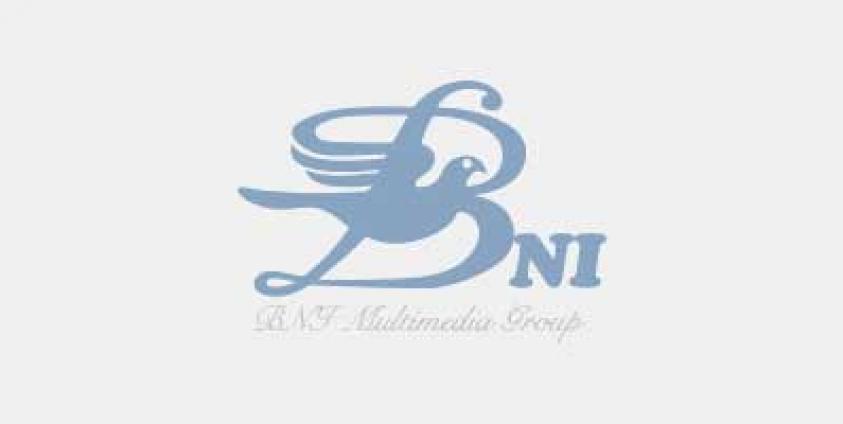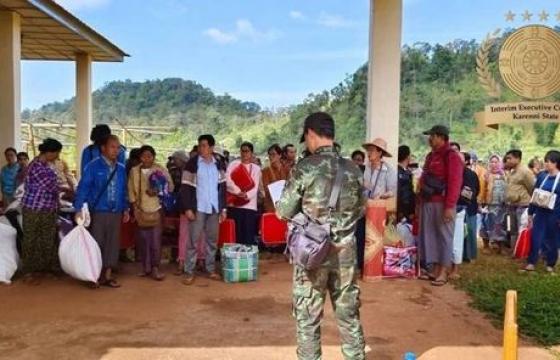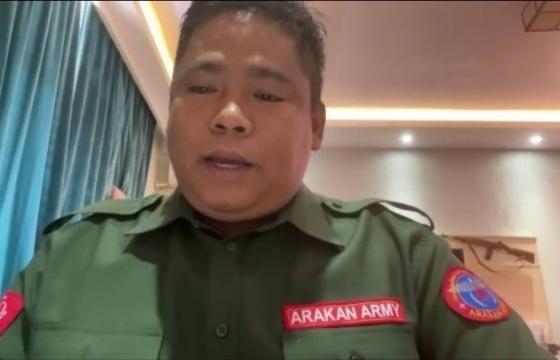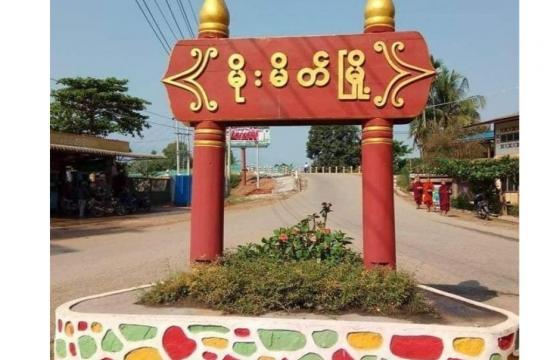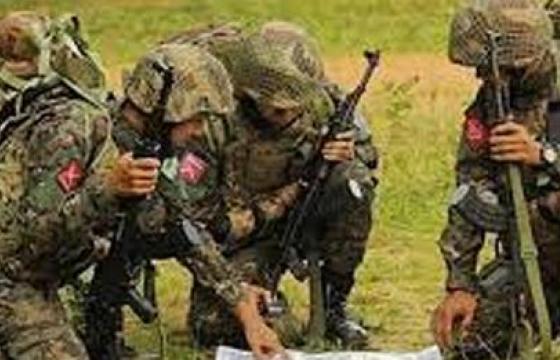Graffiti is a perfect art form for Myanmar. It’s quick and cheap, yet it can be seen by thousands of people daily. It can be many things at once – beautiful, political or mysteriously private, depending on the artist.
In fact, graffiti, or street art, may have been the first art form: think of cave paintings, think of someone quickly writing their name or sketching an image on a restroom wall, think of carving a name or drawing into a tree: all simple marks that declare, “I’m here.”
Today graffiti is studied in academe, appreciated by sophisticated art connoisseurs and found in prestigious museums.
Now it is well and truly cemented as part of Myanmar’s art scene.
The Institute Francais de Birmanie recently teamed up with various street artists to run conferences, street art performances, and workshops to help promote street art. A grande finale was held in North Okkalapa township at the Pin Lel Studio on December 5.
Of course not everyone see graffiti as art, especially business owners who often see graffiti art as a form of vandalism and defacement of private property.
The two most popular graffiti icons of Myanmar are Aung San Suu Kyi and President Barrack Obama, whose images regularly appear across the city.
In Yangon, in 2012, using 15 cans of spray paint, the graffiti artist Arker Kyaw painted a now famous mural of US President Barack Obama on a wall near his home in Shwegonedine to celebrate Obama’s visit to the country.
Passing taxi drivers and pedestrian gave him signs of encouragement as Obama's smiling face took shape against a background of the American and Myanmar flags.
In 2013, Yangon municipal authorities announced a ban on graffiti and street art, but since then graffiti has only proliferated, spreading throughout the city.
Graffiti artist claim passersby are more likely to stop and stare rather than stop and scold.
Like all forms of art, the value is in the eye of the beholder. The graffiti artist known as Banksy, whose work has appeared in countries around the world, has said graffiti art can be used as “revenge” or guerilla warfare (which it surely has been in politically repressive countries); it can also be a way to undermine established authority; and it can be a comment on poverty, alienation, and the human condition.
Or it can be viewed as simply one person’s effort to put a little unexpected zest, humour or beauty on a banal, drab wall or the side of a rundown building – bringing a quick smile as people go about their daily life.

